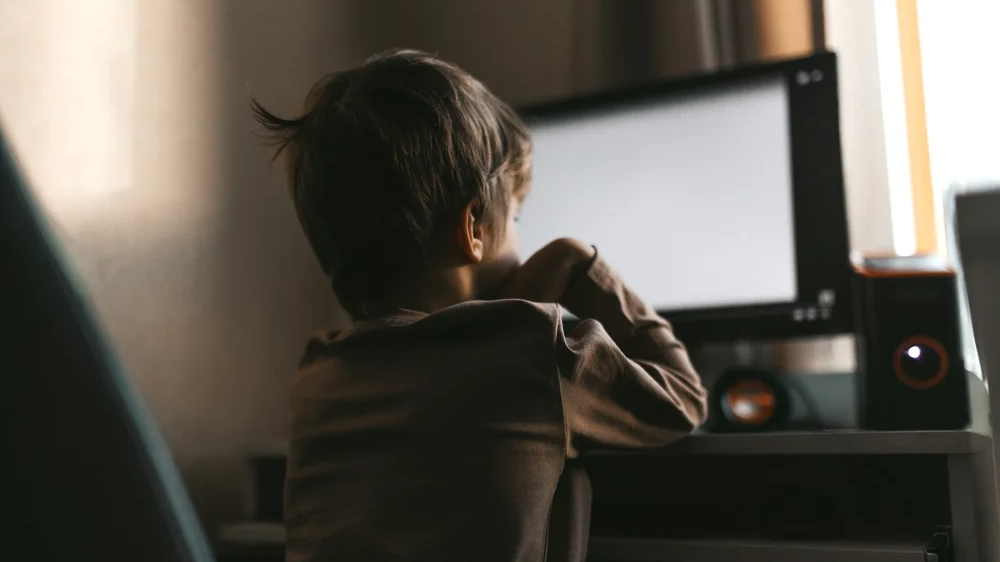By Lauren J. Young – Scientific American – Published on March 11, 2025 (link)

As COVID surged and schools across the U.S. shuttered in March 2020, Jamie Wyss, an elementary school counselor at the Virginia Beach City Public Schools system in Virginia, vividly remembers quickly assembling paper packets on social-emotional learning to hand out to parents. She initially thought students and staff would return in a week, maybe two. But neither parents nor students would come back to the system’s campuses for the rest of the school year.
“I promised them that I would always be there for them,” Wyss says. “Honestly, it felt like I abandoned my students.”
Nothing could have prepared Wyss or her fellow educators for what came next. Health care facilities were quickly overwhelmed, and governments around the world enacted stay-at-home orders, or “lockdowns,” as millions of people became infected with the COVID-causing coronavirus, SARS-CoV-2. As of today, COVID has claimed more than seven million lives globally. Amid this devastating loss, children grappled with sudden social isolation, emotional distress and new academic pressures involved in learning remotely. Teachers, suddenly pivoting to online instruction, were thrust into unpredictable territory. Parents had to balance surviving a deadly pandemic and raising their kids in a massively altered world.
